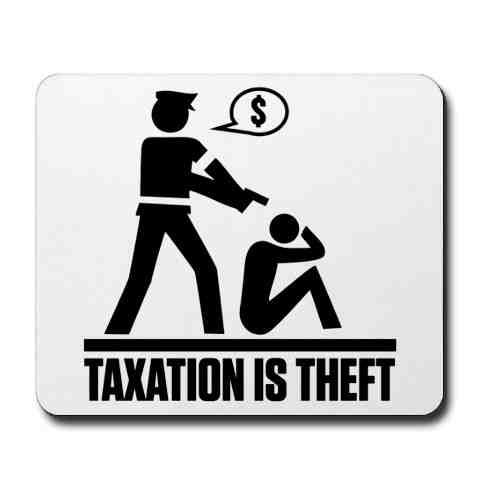By W. Bentley Macleod and Roman Rivera
Abstract: Theories of crime in economics focus on the roles of deterrence and incapacitation in reducing criminal activity. In addition to deterrence, a growing body of empirical evidence has shown that both income support and employment subsidies can play a role in crime reduction. This paper extends the Becker-Ehrlich model to a standard labor supply model that includes the notion of a consumption need (Barzel and McDonald (1973)) highlights the role of substitution vs income effects when an individual chooses to engage in crime. Second, we show that whether the production of criminal activity is a substitute or a complement with the production of legitimate activity is central to the design of optimal policy. We find that both individual responsiveness to deterrence and optimal policy vary considerably with context, which is consistent with the large variation in the effect of deterrence on crime. Hence, optimal policy is a combination of deterrence, work subsidies and direct income transfers to the individual that vary with both income and location.
Cambridge, MA: National Bureau of Economic Research, 2024. 48p.



